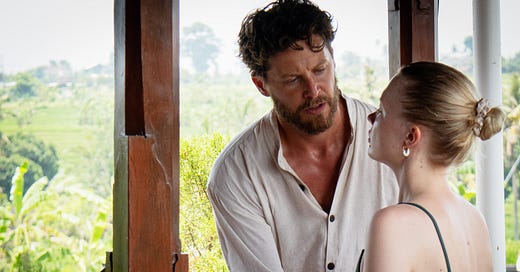1-to-1 Guidance
Jason is pleased to offer 1-to-1 guidance to a select number of mentees who have sought a deeper, tailored experience. This program is offered exclusively online (via Zoom) in 90-minute sessions, with most of the current cohort preferring a fortnightly schedule. Whether you are just beginning your journey or seeking a refresher, the FAQ section may help you decide if this could be the right fit for you.
FAQ
What’s the difference between Somatic (body-led) and mainstream approaches?
https://www.jasfield.com/p/human-beings-arent-born-human-beings
What are somatic re-integrations?
https://www.jasfield.com/p/podcast-003-what-if-your-body-was
What does the ‘early social origins’ of disorganised states mean?
https://www.jasfield.com/p/reclaiming-our-emotional-sovereignty
Do you have other tools available?
https://www.jasfield.com/p/books
https://www.jasfield.com/t/monday-meditation
If the mentorship program is something you are interested in, send an email with the subject “1-to-1 session” to:
jason@jasfield.com
To your healing 💙




